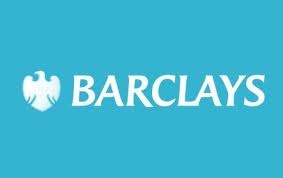
European policymakers are studying the way New Zealand's interbank lending rates are managed as they search for ways to restore confidence in their own benchmark rates following the Libor scandal.
Paul Atmore, CEO of the New Zealand Financial Markets Association (NZFMA) which oversees local interbank rates, told interest.co.nz NZFMA representatives have been talking with European Central Bank (ECB) staff and will also be meeting with Bank of England staff, probably in October.
Confirmation from Atmore, currently overseas on holiday, comes after the International Financing Review reported ECB staff had discussed the merits of the New Zealand system with Atmore. Although the ECB has no direct role in overseeing Europe’s interbank lending rates, its attention comes amid calls for a shift to a system based on real trades rather than theoretical quotes.
Atmore told interest.co.nz last month that after 2007 reforms, following complaints about potential manipulation, he's "absolutely" comfortable local bank bill rates, or BKBM, can't be gamed.
"We are global best practice, there's no two ways about it," Atmore said.
Evidence of manipulation has shaken confidence in Libor, Euribor and other benchmarks that underpin trillions of dollars in global financial agreements from residential mortgages to complex derivatives contracts. This comes after Barclays Bank admitted submitting false rates in settlements with both British and United States regulators. Barclays' CEO Robert Diamond was forced to resign, the bank has been fined £290 million (about NZ$564 million) and there's talk of criminal charges with other banks also in the regulatory spotlight.
With the New Zealand system, a two minute trading window is opened each business day at 10.30am. Contributing banks have to submit rates that are representative of the price at which they have actually traded during that window, as opposed to Libor which is calculated from quotes or estimates that don't necessarily represent actual trades. All the transactions that take place during the rate set on a particular day are published on the NZFMA's website giving what's described as a transaction window.
The IFR notes, however, a criticism of the New Zealand system is that it's based on historical trades, rather than Libor’s more forward-looking - albeit hypothetical - quotes.
This article was first published in our email for paid subscribers this morning. See here for more details and to subscribe.

We welcome your comments below. If you are not already registered, please register to comment
Remember we welcome robust, respectful and insightful debate. We don't welcome abusive or defamatory comments and will de-register those repeatedly making such comments. Our current comment policy is here.